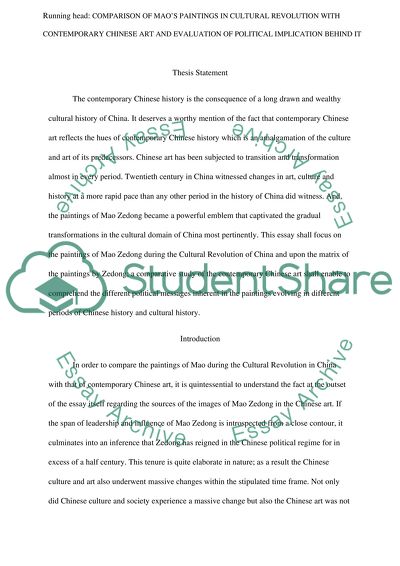Cite this document
(“Mao's paintings in Cultural Revolution and contemporary Chinese Art Term Paper”, n.d.)
Retrieved from https://studentshare.org/visual-arts-film-studies/1478863-maos-paintings-in-cultural-revolution-and-contemporary-chinese-art
Retrieved from https://studentshare.org/visual-arts-film-studies/1478863-maos-paintings-in-cultural-revolution-and-contemporary-chinese-art
(Mao'S Paintings in Cultural Revolution and Contemporary Chinese Art Term Paper)
https://studentshare.org/visual-arts-film-studies/1478863-maos-paintings-in-cultural-revolution-and-contemporary-chinese-art.
https://studentshare.org/visual-arts-film-studies/1478863-maos-paintings-in-cultural-revolution-and-contemporary-chinese-art.
“Mao'S Paintings in Cultural Revolution and Contemporary Chinese Art Term Paper”, n.d. https://studentshare.org/visual-arts-film-studies/1478863-maos-paintings-in-cultural-revolution-and-contemporary-chinese-art.


